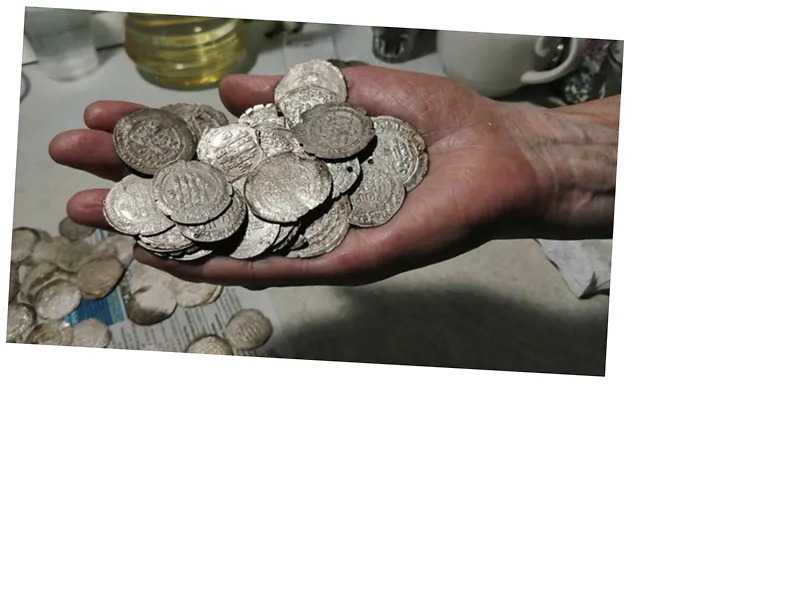Saksin's discovery highlights the importance of interdisciplinary cooperation in archaeology, combining historical texts with modern excavation techniques.
The findings suggest that Saksin was not just a city but part of a larger network of trade and cultural exchange in medieval Eurasia.
The unique economic practices in Saksin, such as the use of lead for trade, indicate a complex socio-economic structure.
Further excavations may confirm or refute the connection between Saksin and the Khazar capital of Itil, potentially rewriting parts of regional history.
As climate change continues to affect archaeological sites, ongoing studies may reveal more about how ancient cities adapted to environmental shifts.
The discovery of new artifacts could lead to a deeper understanding of the cultural interactions between different ethnic groups in the Volga region.
Discovering the City of Saksin: A Medieval Enigma
Archaeological excavations in the Lower Volga region are uncovering the secrets of the ancient city of Saksin, which thrived from the 10th to the 14th centuries. Previously known only from historical texts, Saksin's actual location was identified in the late 1980s during construction work near the village of Samosdelka. Artifacts such as bricks, ceramics, and bones were unearthed, leading to a significant archaeological project led by the Astrakhan State University. The city is believed to have been a vibrant trading hub, supported by evidence of diverse cultural influences and extensive trade networks.
The Cultural and Economic Significance of Saksin
Findings from Saksin indicate that it was a powerful trading city with a rich cultural tapestry. Artifacts reveal the presence of various ethnic groups, including Oghuz, Bulgars, and Suvars, as well as goods from as far as Afghanistan and Byzantium. Notably, a large discovery of lead ingots suggests that the city operated on a unique economic system where lead served as a medium of exchange, corroborating historical accounts from Arab traveler Abu Hamid al-Garnati. The city likely functioned as a transit point for goods, facilitating trade between the north and south, particularly in furs and ceramics.
The Impact of Geopolitical Changes
Saksin's location provided a strategic advantage, allowing it to thrive during periods of instability following the collapse of the Khazar Khaganate. However, the city faced challenges from the Polovtsians and later the Mongol-Tatars, leading to significant destruction and societal changes. Archaeological layers reveal evidence of violent conflicts, including mass burials from Mongol attacks. Despite these setbacks, Saksin experienced a revival during the 14th century, only to decline again due to rising sea levels and shifting trade routes.
As excavations continue, researchers are eager to uncover more about Saksin's fortifications and its potential links to the Khazar capital of Itil. The ongoing investigations promise to shed light on this fascinating medieval city and its role in the historical narrative of the Volga Delta.





